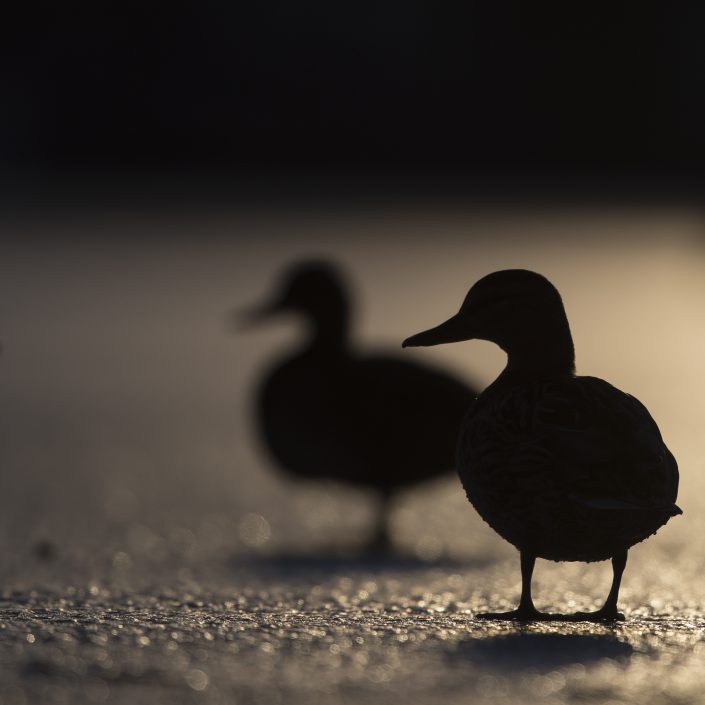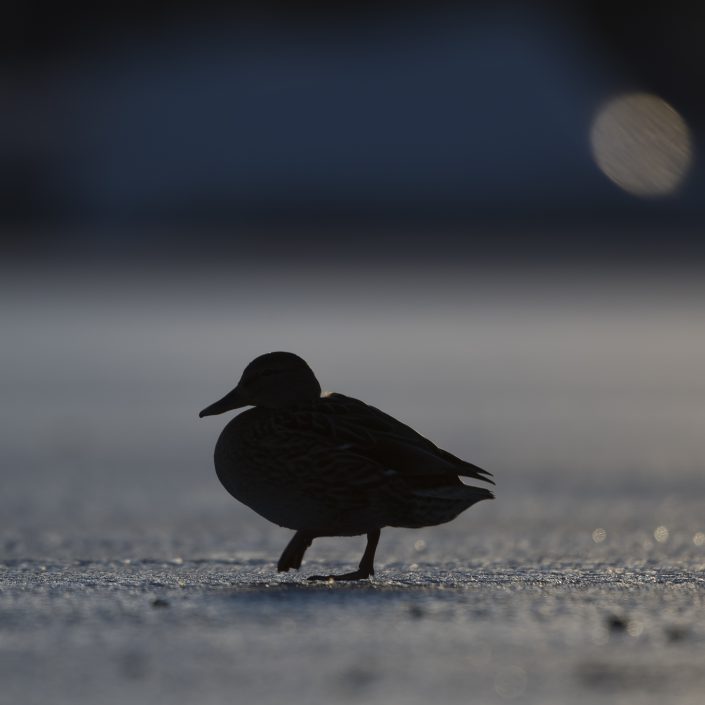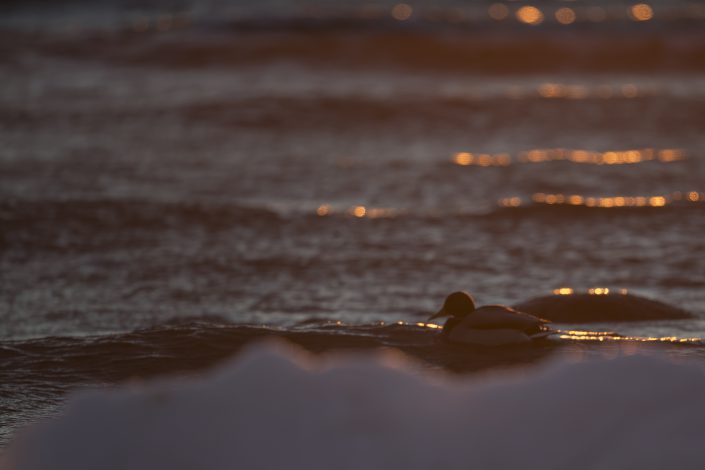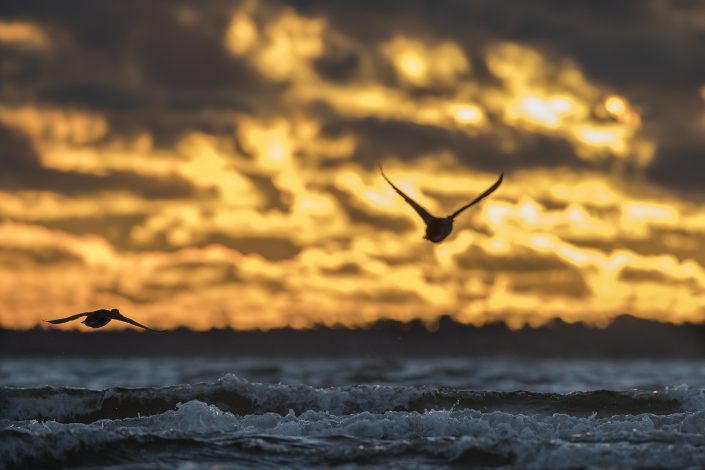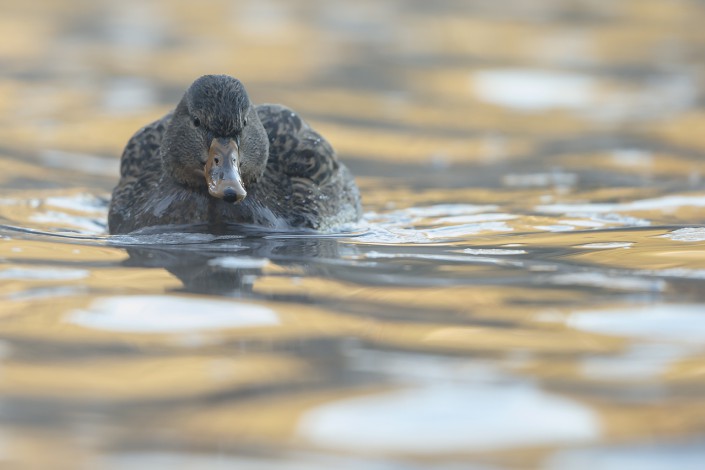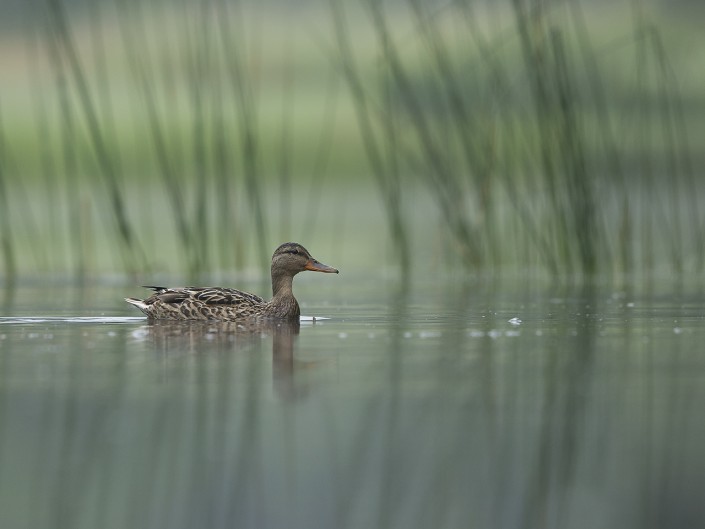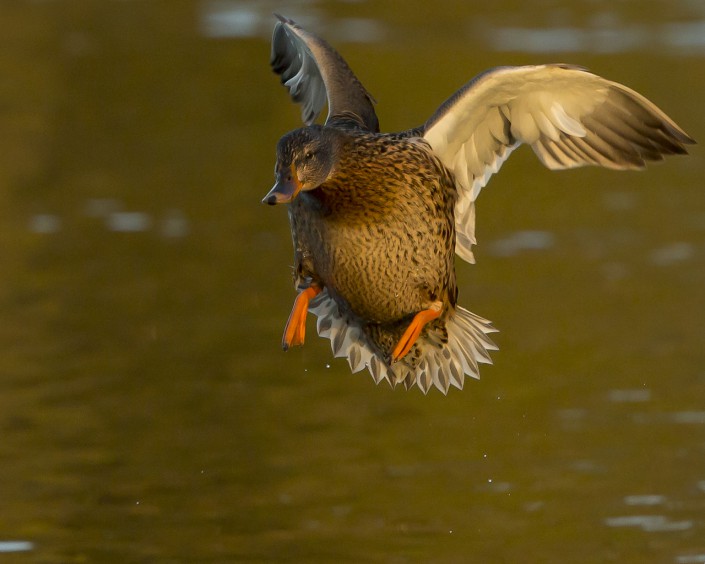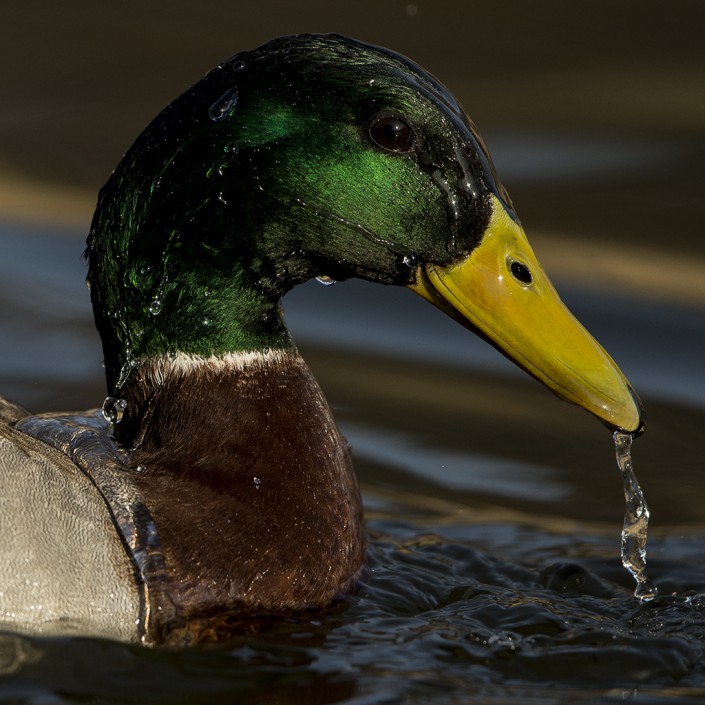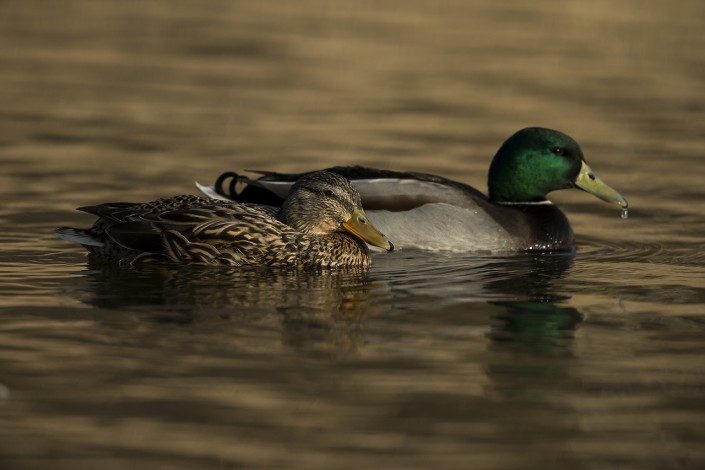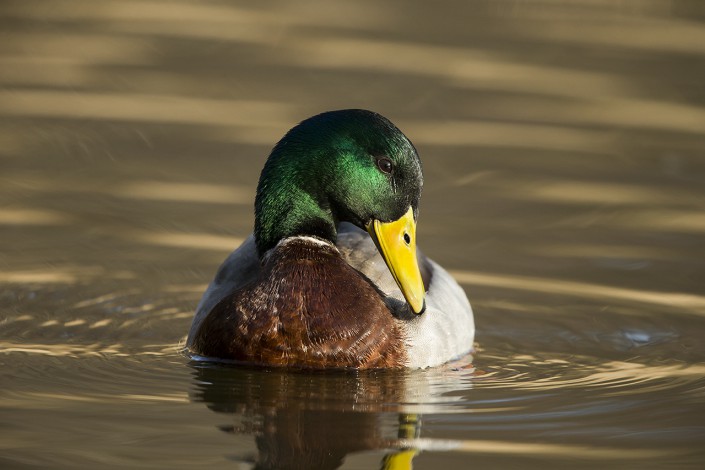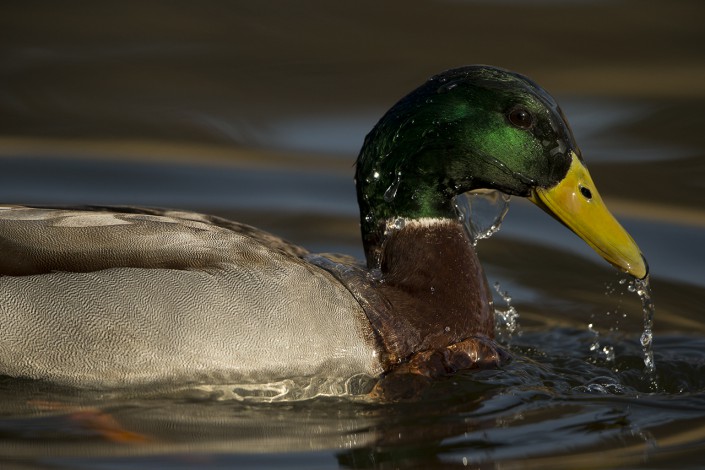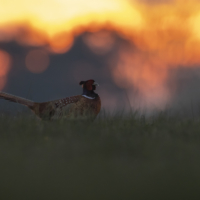This post is also available in: Swedish
Mallard – Anas platyrhynchos
Mallard – Anas platyrhynchos
The mallard is a medium-sized waterfowl species although is often slightly heavier than most other dabbling ducks. It is 50–65 cm (20–26 in) long (of which the body makes up around two-thirds), has a wingspan of 81–98 cm (32–39 in), and weighs 0.72–1.58 kg (1.6–3.5 lb). Among standard measurements, the wing chord is 25.7 to 30.6 cm (10.1 to 12.0 in), the bill is 4.4 to 6.1 cm (1.7 to 2.4 in) and the tarsus is 4.1 to 4.8 cm (1.6 to 1.9 in). The breeding male mallard is unmistakable, with a glossy bottle-green head and white collar which demarcates the head from the purple-tinged brown breast, grey brown wings, and a pale grey belly.
The mallard is widely distributed across the Northern and Southern Hemispheres; in North America from southern and central Alaska to Mexico, the Hawaiian Islands, across Eurasia, from Iceland and southern Greenland and parts of Morocco (North Africa) in the west, Scandinavia to the north, and to Siberia, Japan, and South Korea, in the east, Australia and New Zealand in the Southern hemisphere. It is strongly migratory in the northern parts of its breeding range, and winters farther south. For example, in North America, it winters south to Mexico, but also regularly strays into Central America and the Caribbean between September and May.
The mallard inhabits a wide range of habitat and climates, from Arctic tundra to subtropical regions. It is found in both fresh- and salt-water wetlands, including parks, small ponds, rivers, lakes and estuaries, as well as shallow inlets and open sea within sight of the coastline. Water depths of less than 1 metre (3.3 ft) are preferred, birds avoiding areas more than a few metres deep. They are attracted to bodies of water with aquatic vegetation.
It sounds like this
Recording by Timo S from Xeno canto





















































